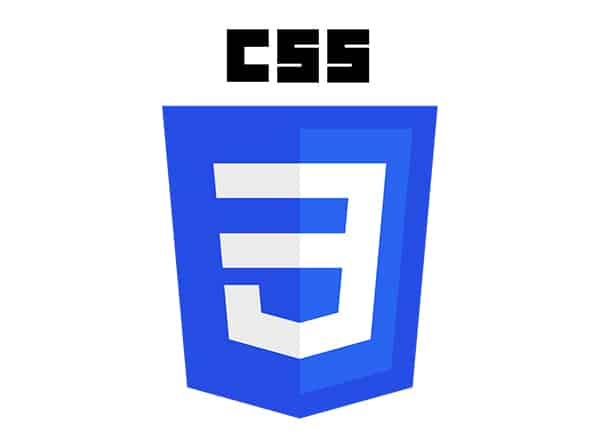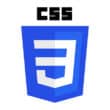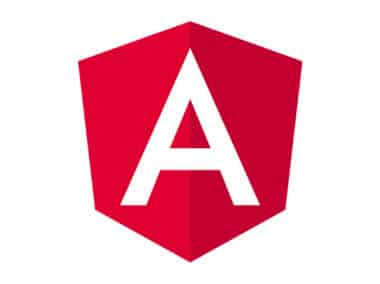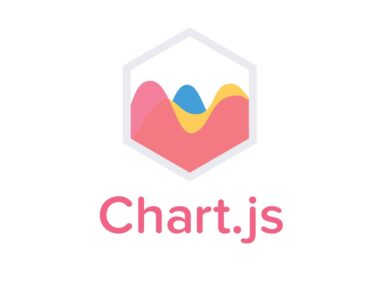When styling a website, it’s important to be able to target specific HTML elements. CSS selectors allow you to do just that. Here’s a rundown of some basic selectors you should know:
Tag Name Selector
The tag name selector targets all elements with a specific tag. This is one of the most basic selectors in CSS. A tag name selector is used to select all HTML elements with a particular tag. For example, if you want to target all paragraphs on your page, you can use the following CSS:
p {
/* styles go here */
}
This will target all <p> elements on your page.
Class Selector
The class selector targets elements with a specific class name. To use it, you need to add a class attribute to your HTML elements. Here’s an example:
<p class="my-class">This paragraph has a class of "my-class".</p>
To target this element in CSS, you would use:
.my-class {
/* styles go here */
}
Class selectors are useful when you want to apply a particular style to a group of elements that share the same class.
ID Selector
The ID selector targets a specific element with a unique ID. To use it, you need to add an ID attribute to your HTML element. Here’s an example:
<p id="my-id">This paragraph has an ID of "my-id".</p>
To target this element in CSS, you would use:
#my-id {
/* styles go here */
}
ID selectors are useful when you want to apply a particular style to a specific element on your page.
Attribute Selector
The attribute selector targets elements with a specific attribute. This is useful when you want to target elements with a particular attribute value. For example, if you want to target all links that open in a new tab, you can use the following CSS:
a[target="_blank"] {
/* styles go here */
}
This will target all <a> elements with a target attribute set to "_blank". Attribute selectors are useful when you want to apply a particular style to elements with a specific attribute.
Pseudo Selector
Pseudo selectors target elements that are in a specific state, such as being hovered over or being the first child of a parent element. Pseudo selectors are useful when you want to apply a particular style to an element in a specific state. Here are a few examples:
a:hover {
/* styles go here */
}
li:first-child {
/* styles go here */
}
input:checked {
/* styles go here */
}
These are just a few examples of the many selectors available in CSS. With these tools, you can target almost any HTML element on your page and style it to your heart’s content.
In summary, CSS selectors are an essential part of web development. By learning how to use them effectively, you can create beautiful and responsive websites that are a joy to use.




